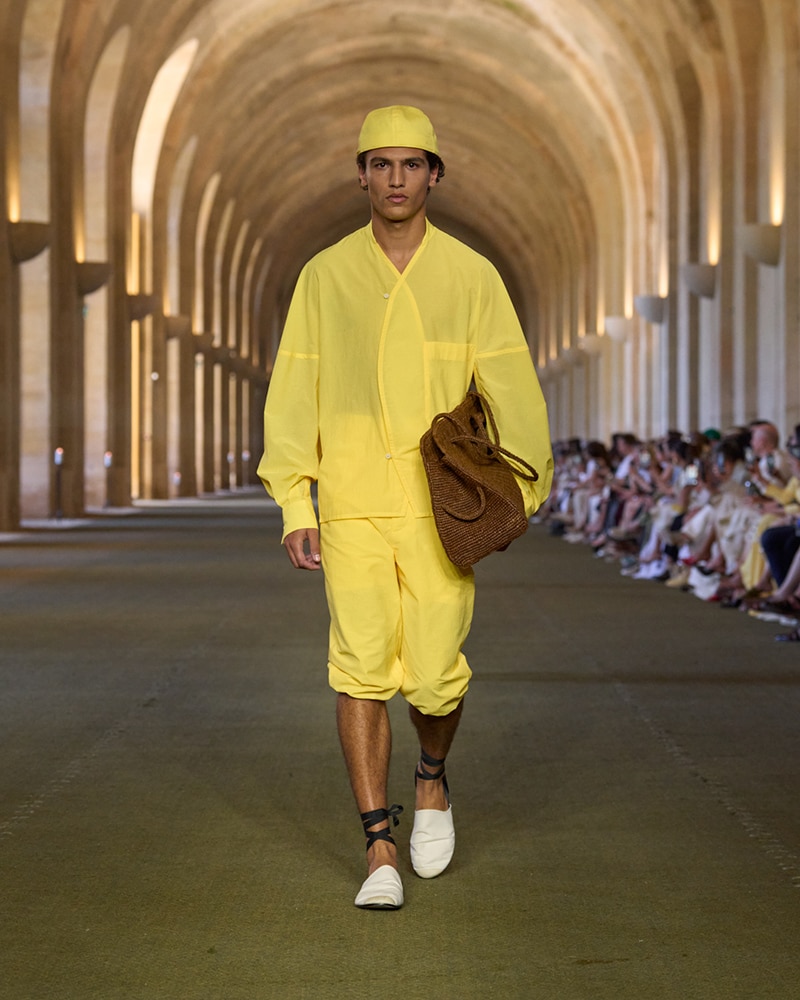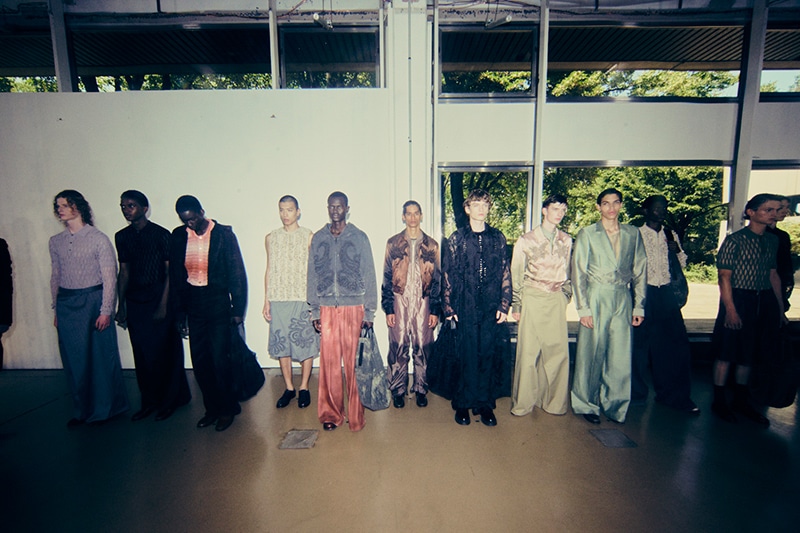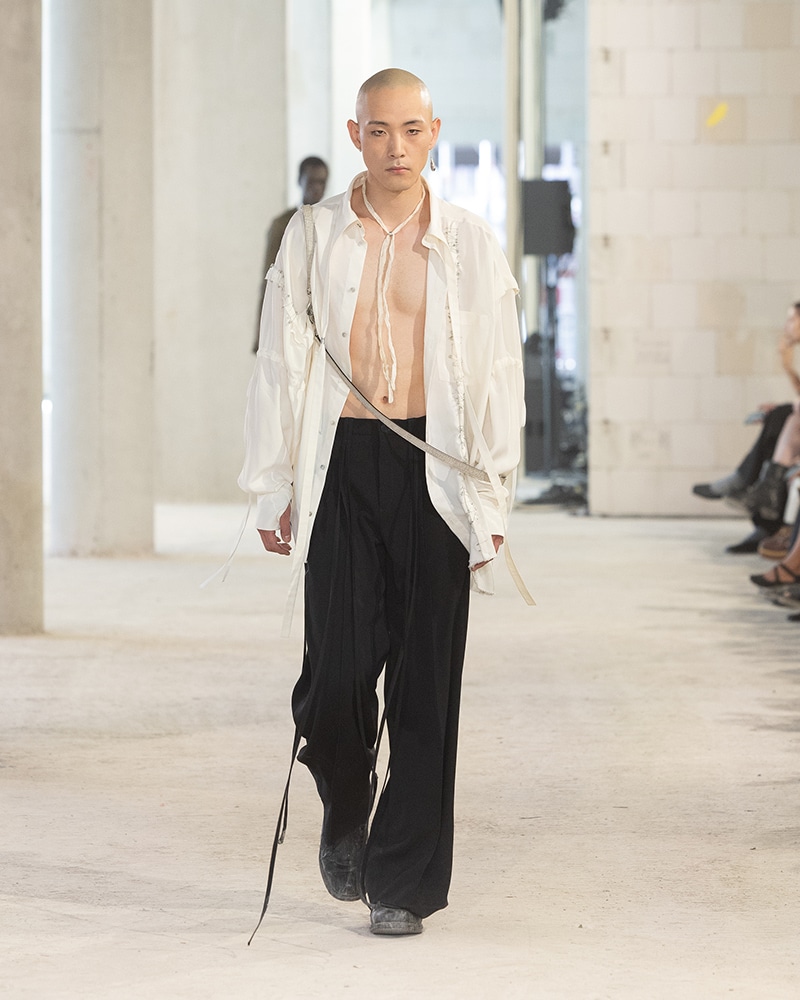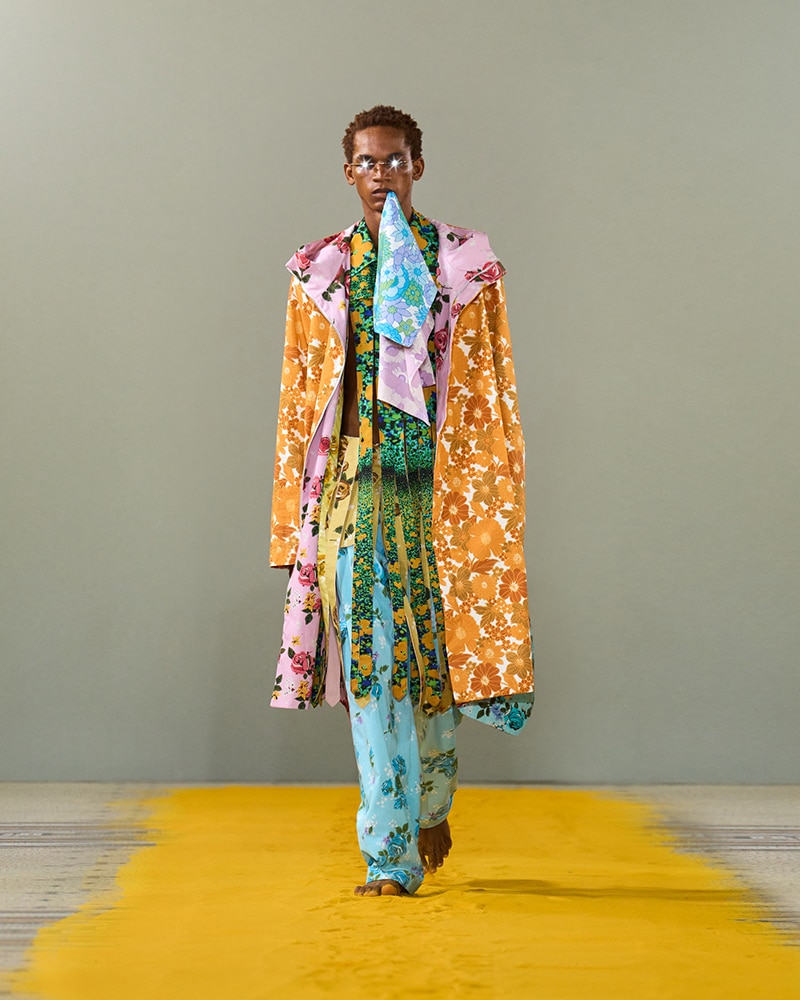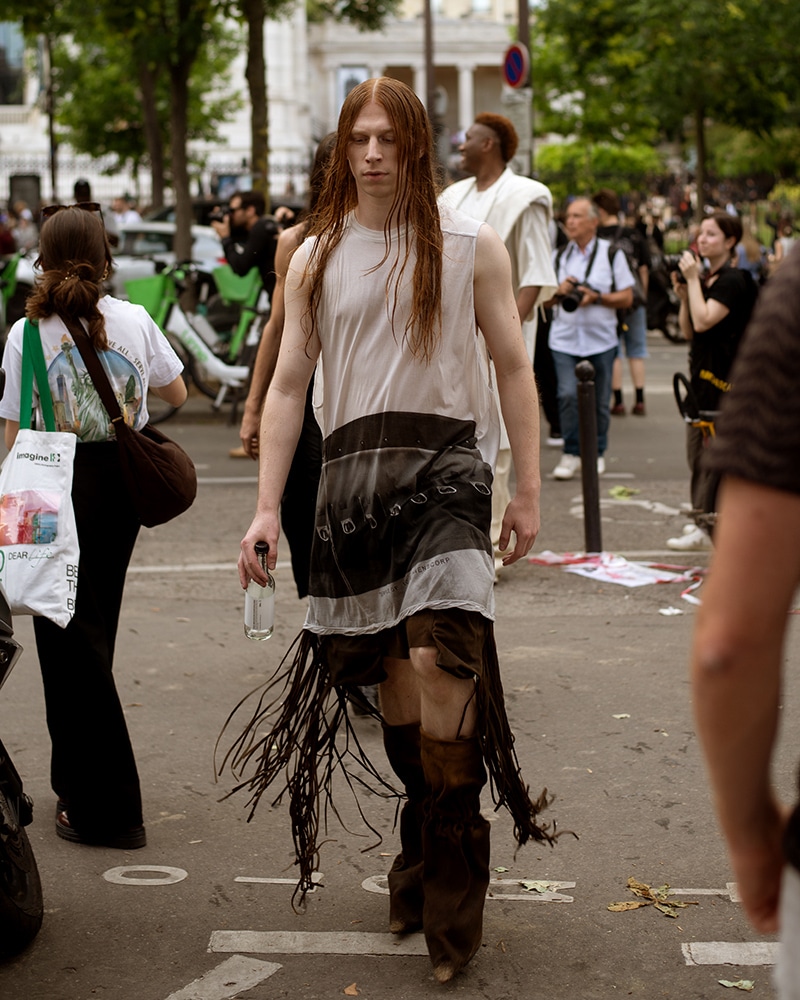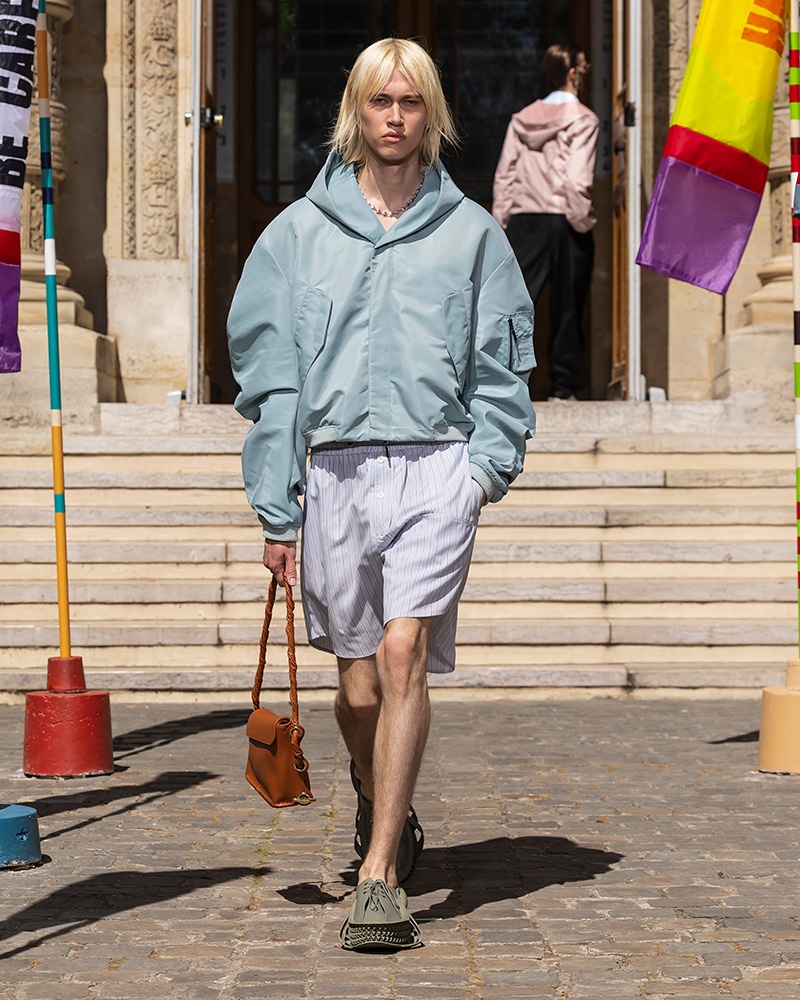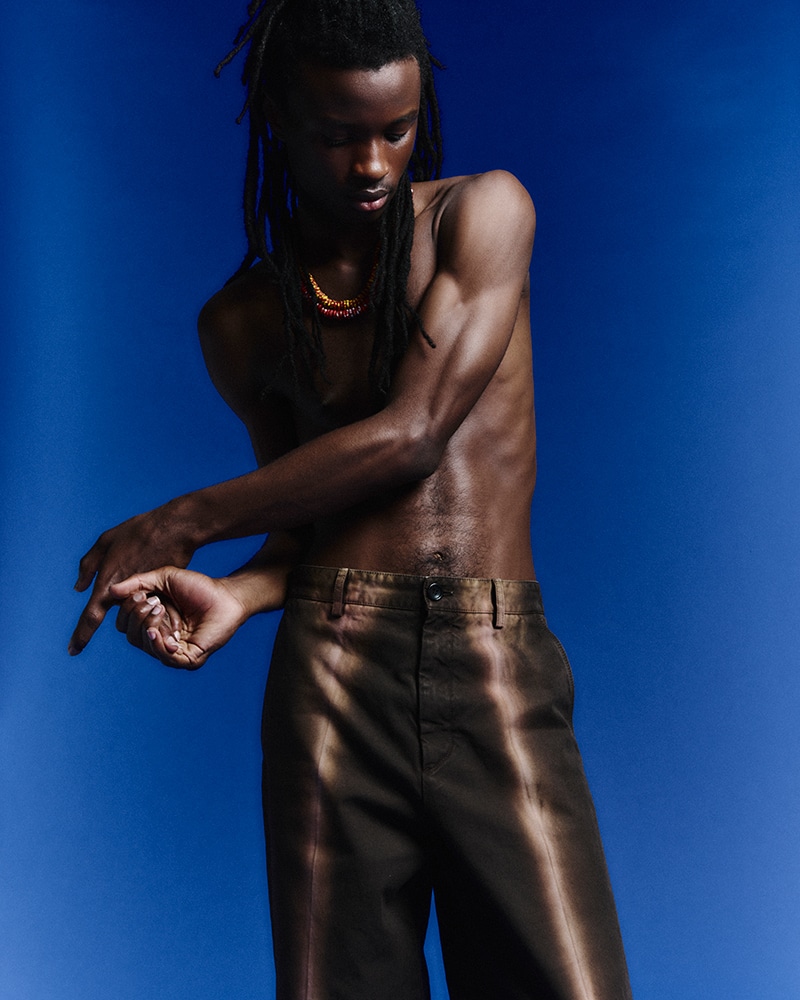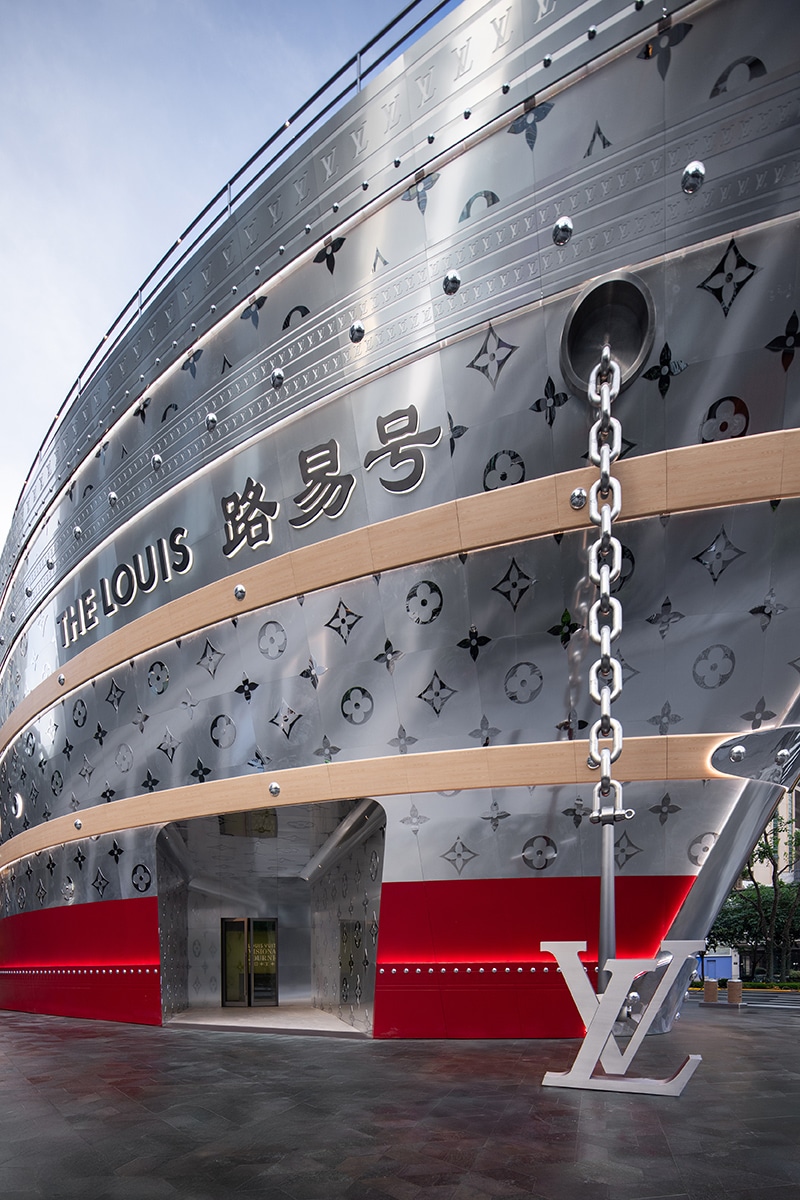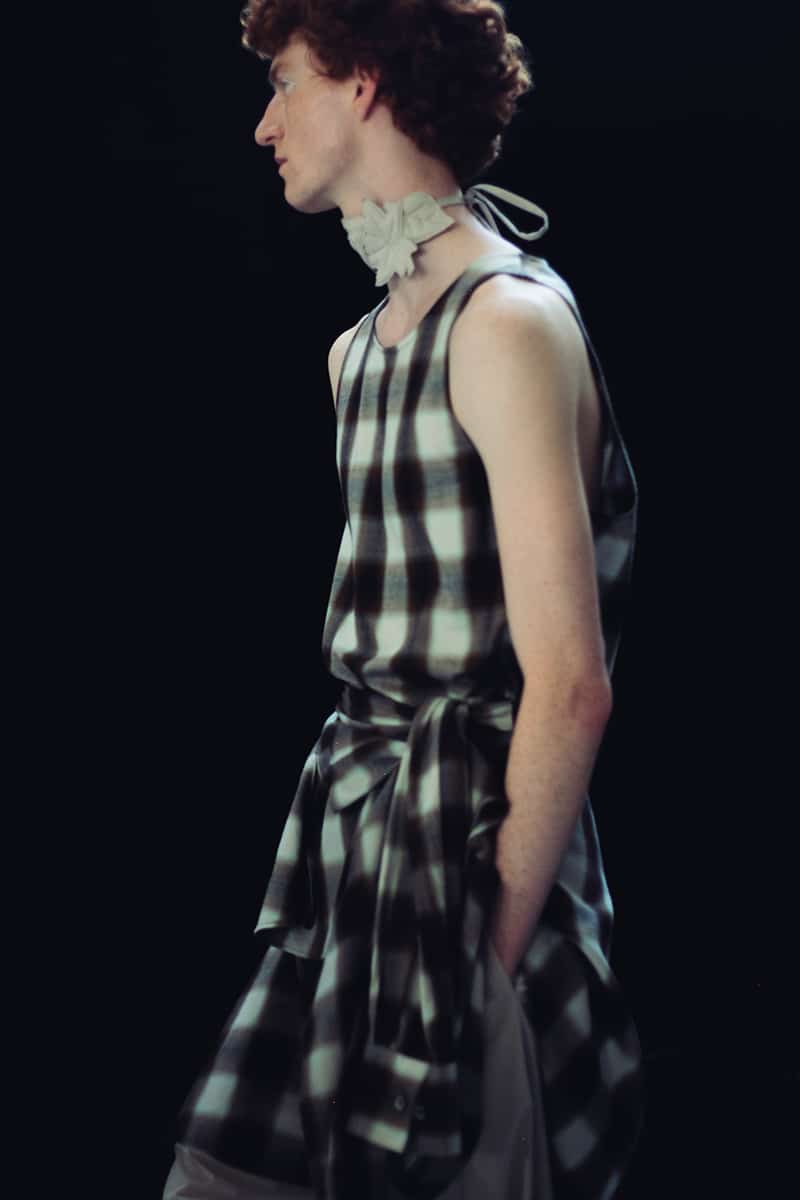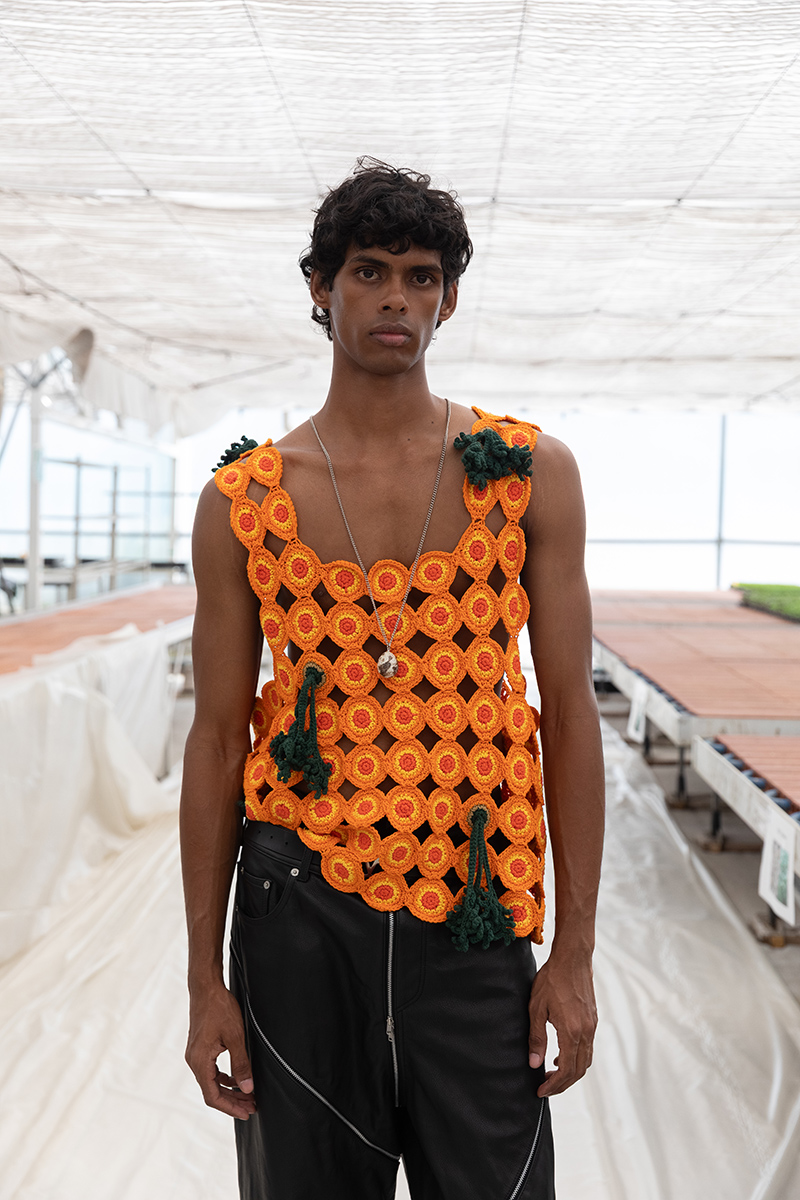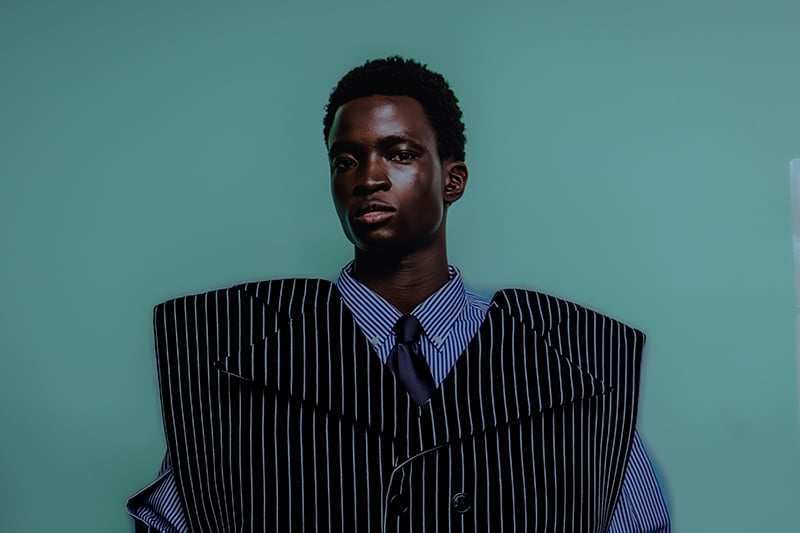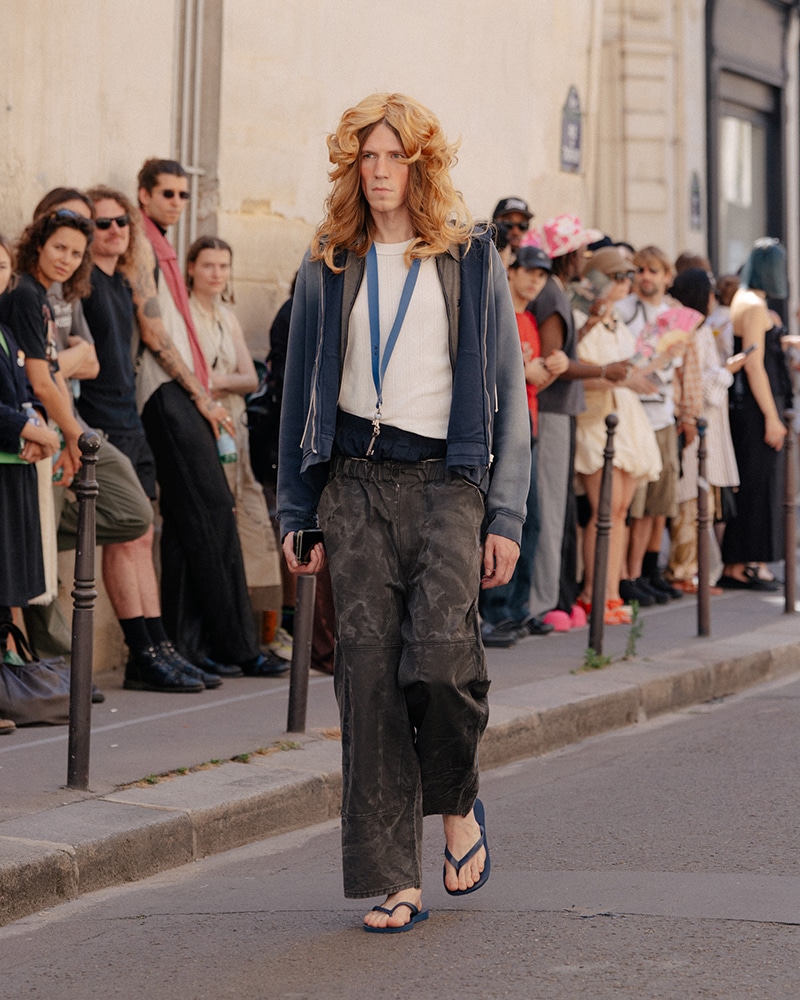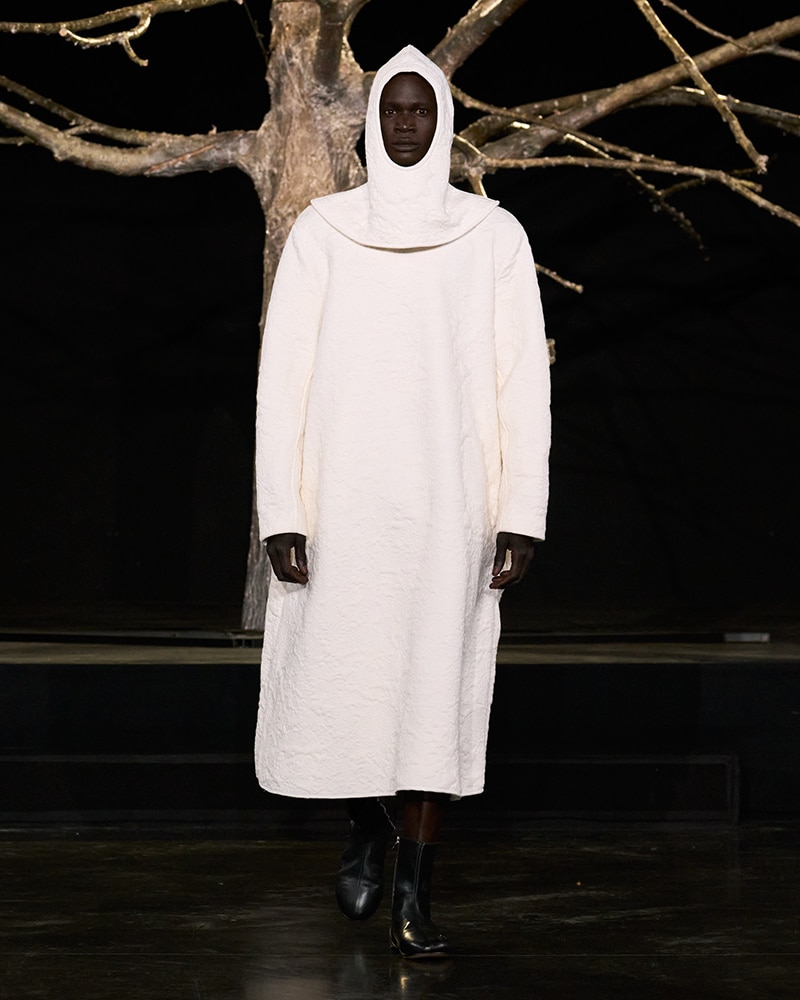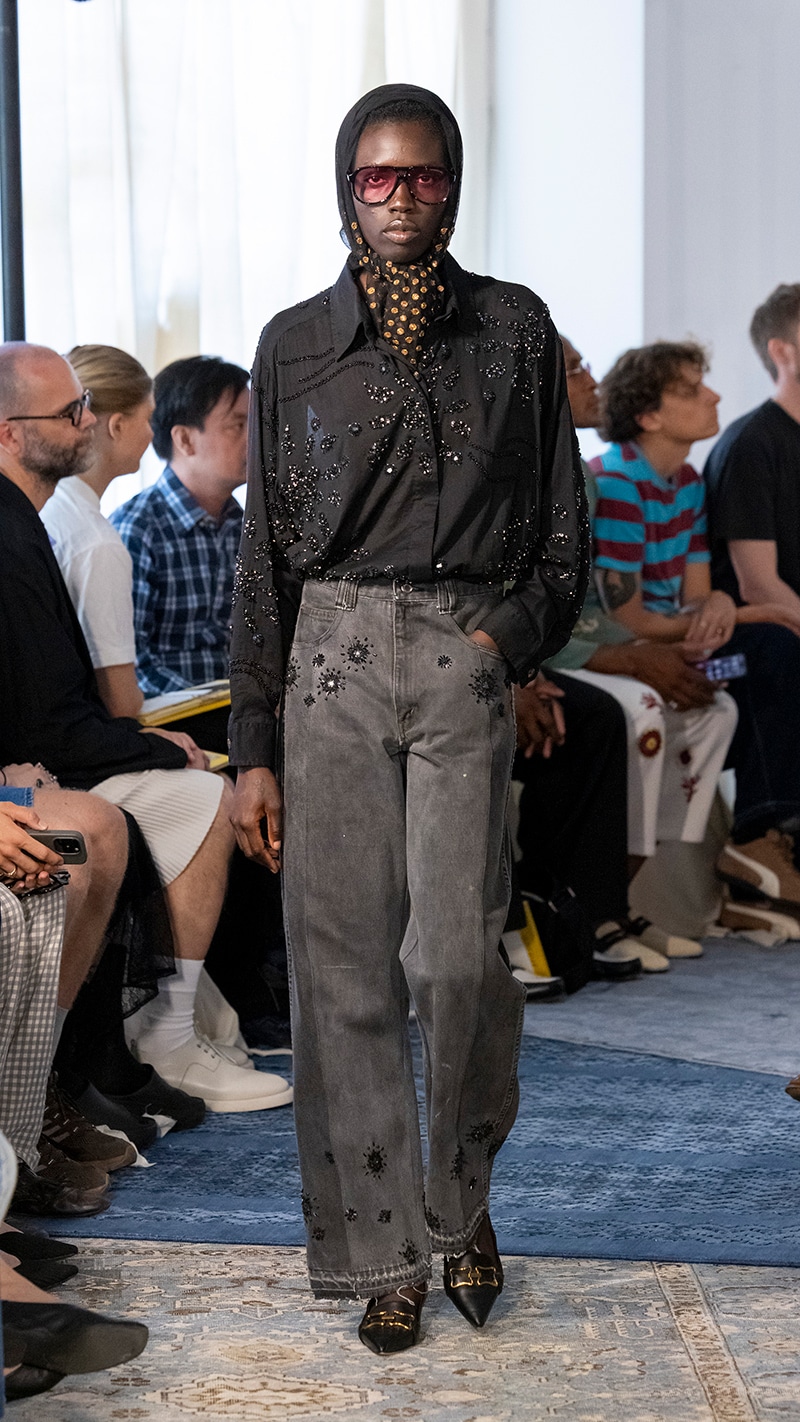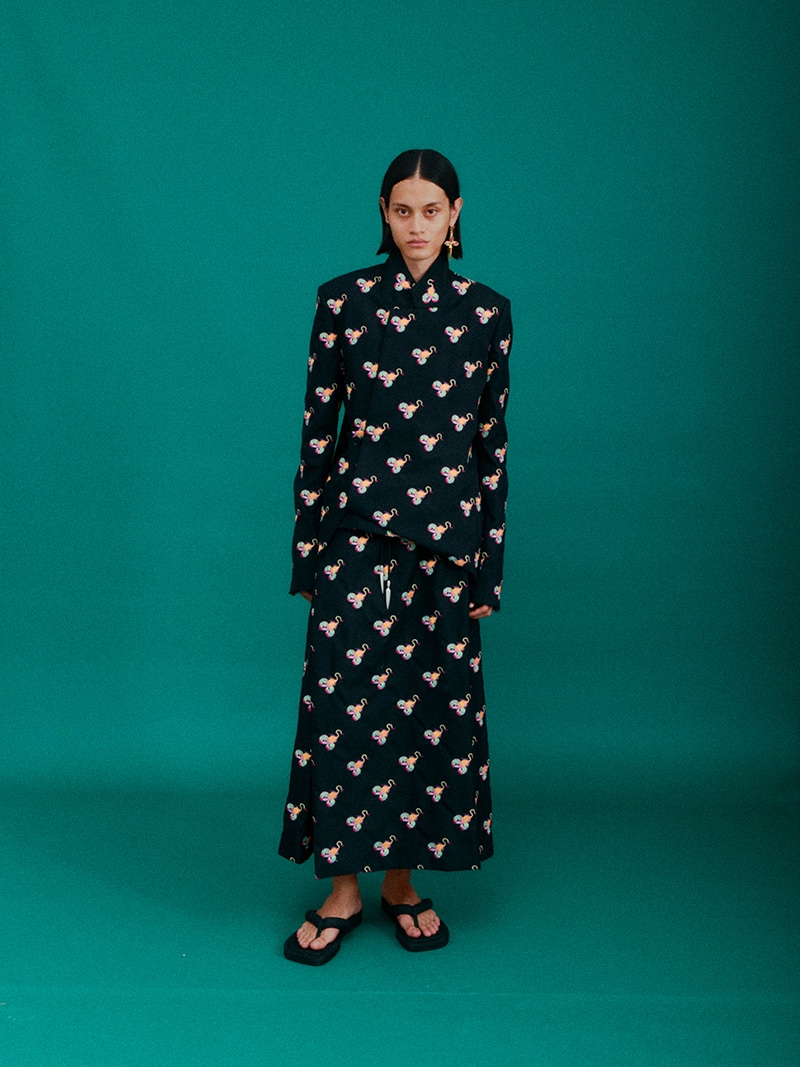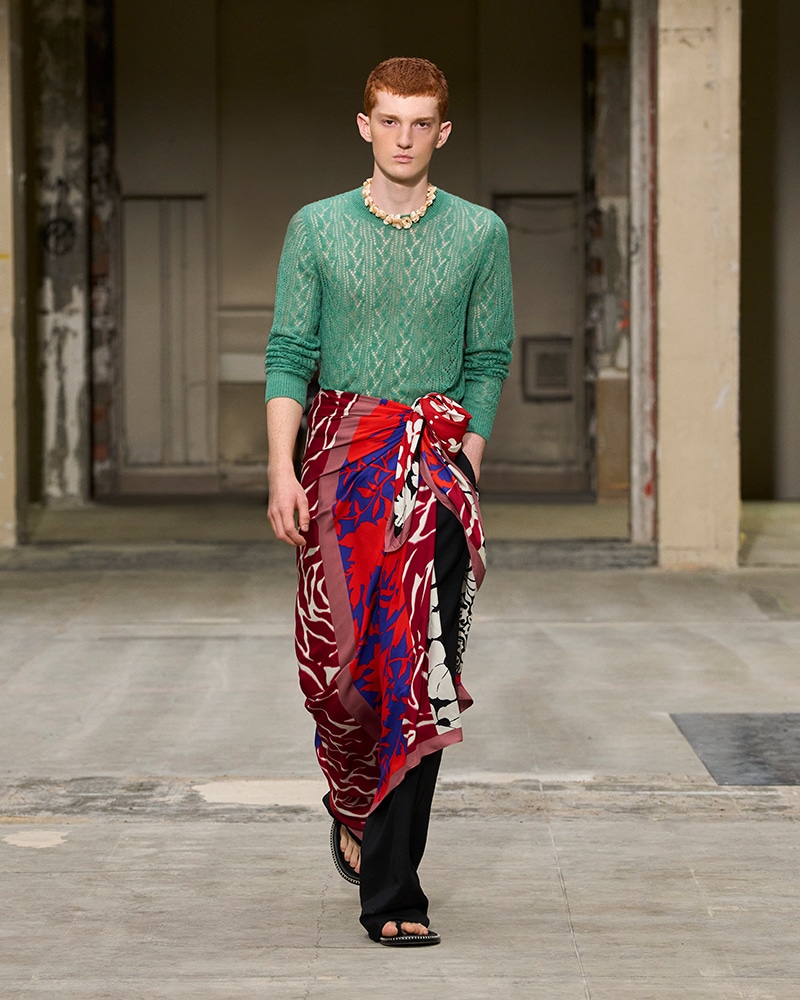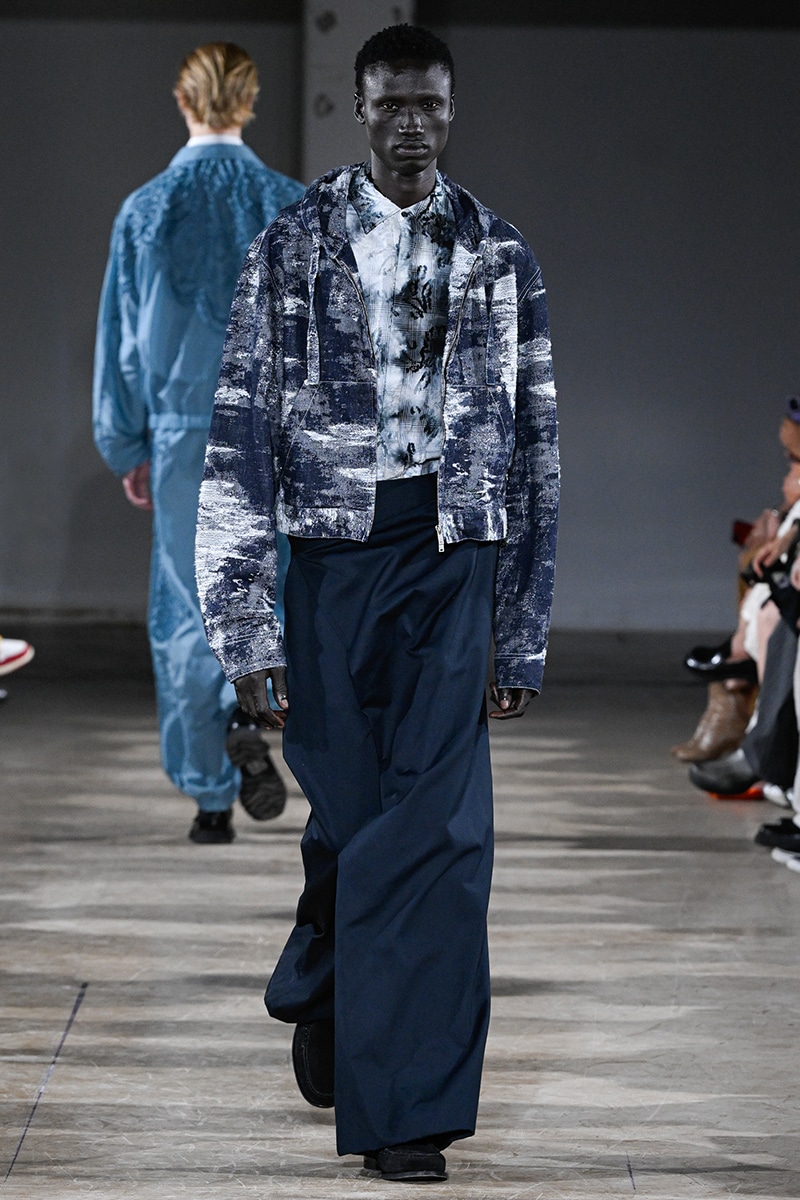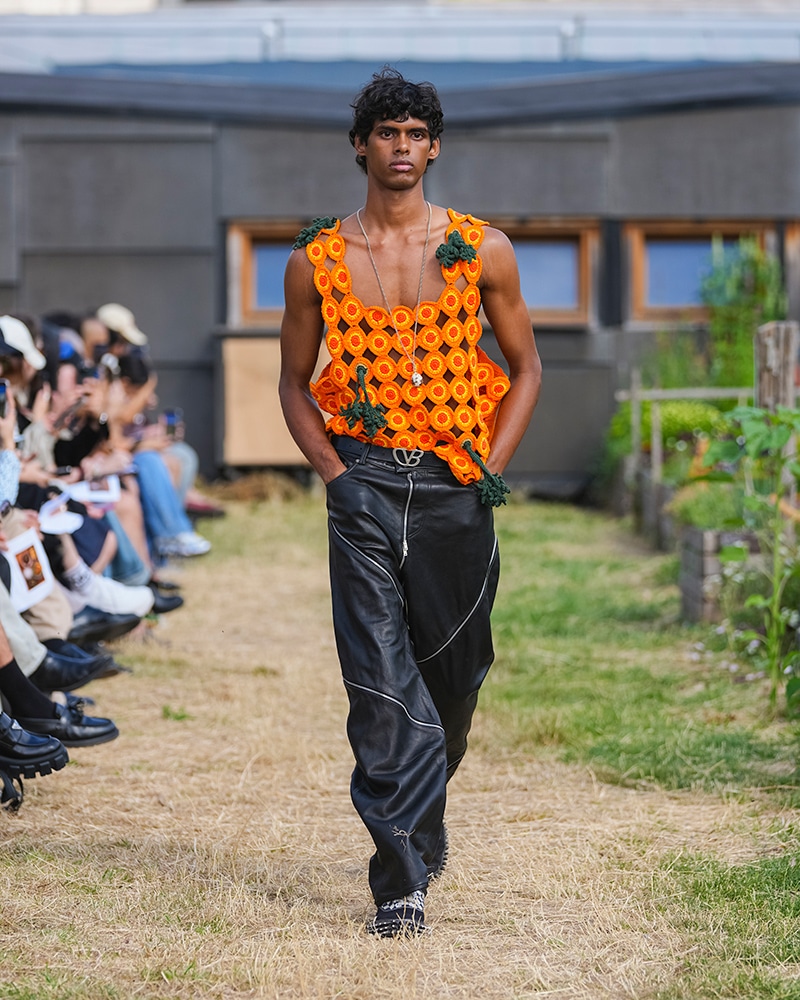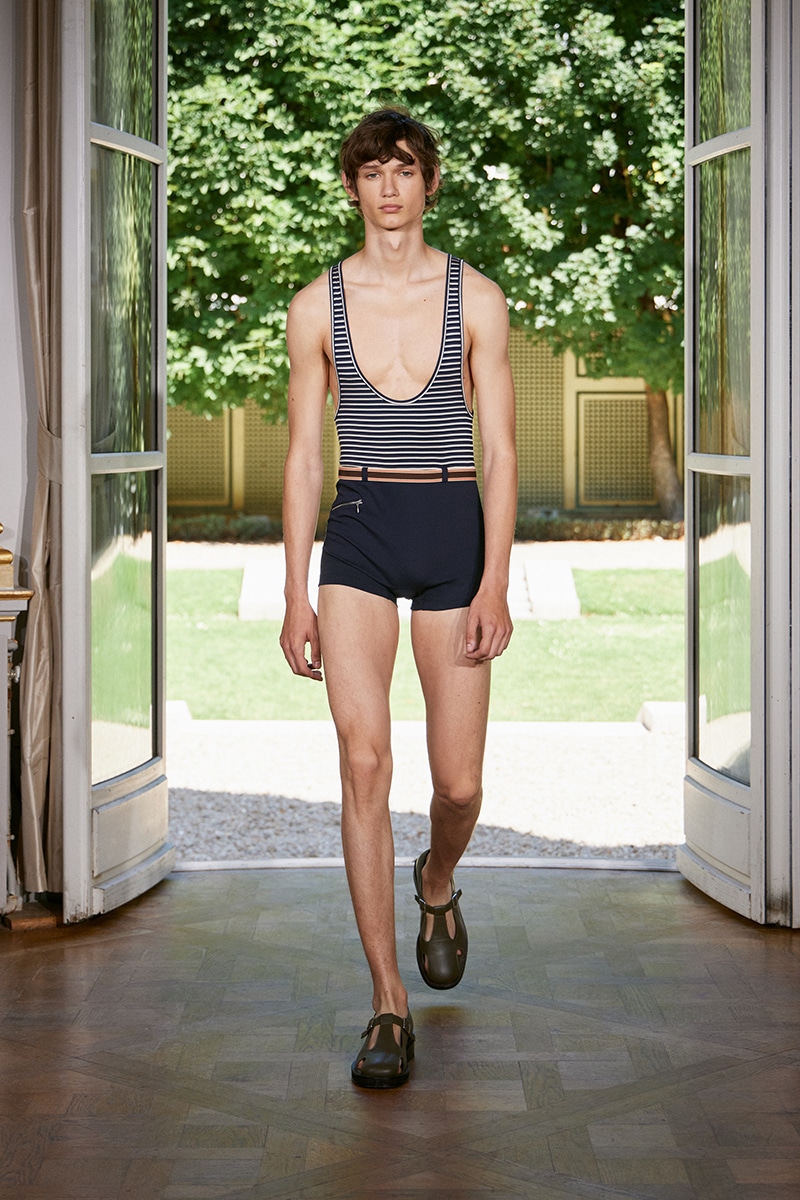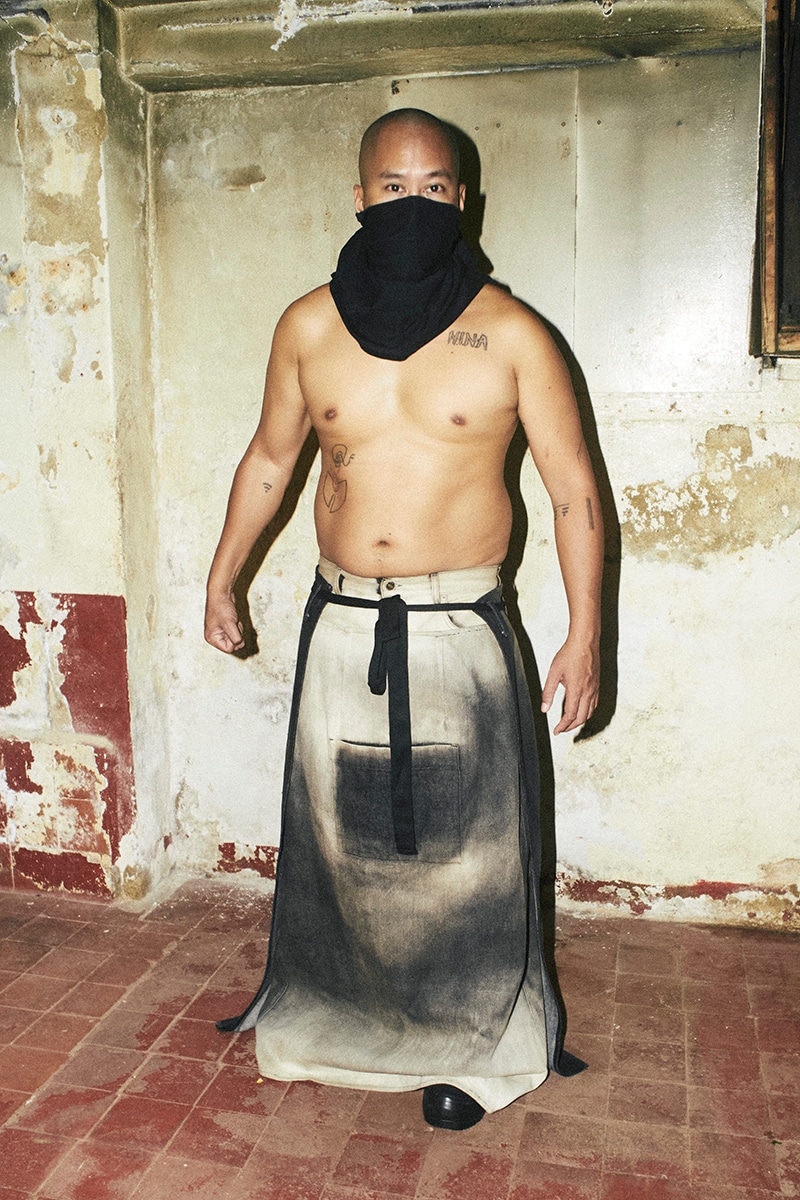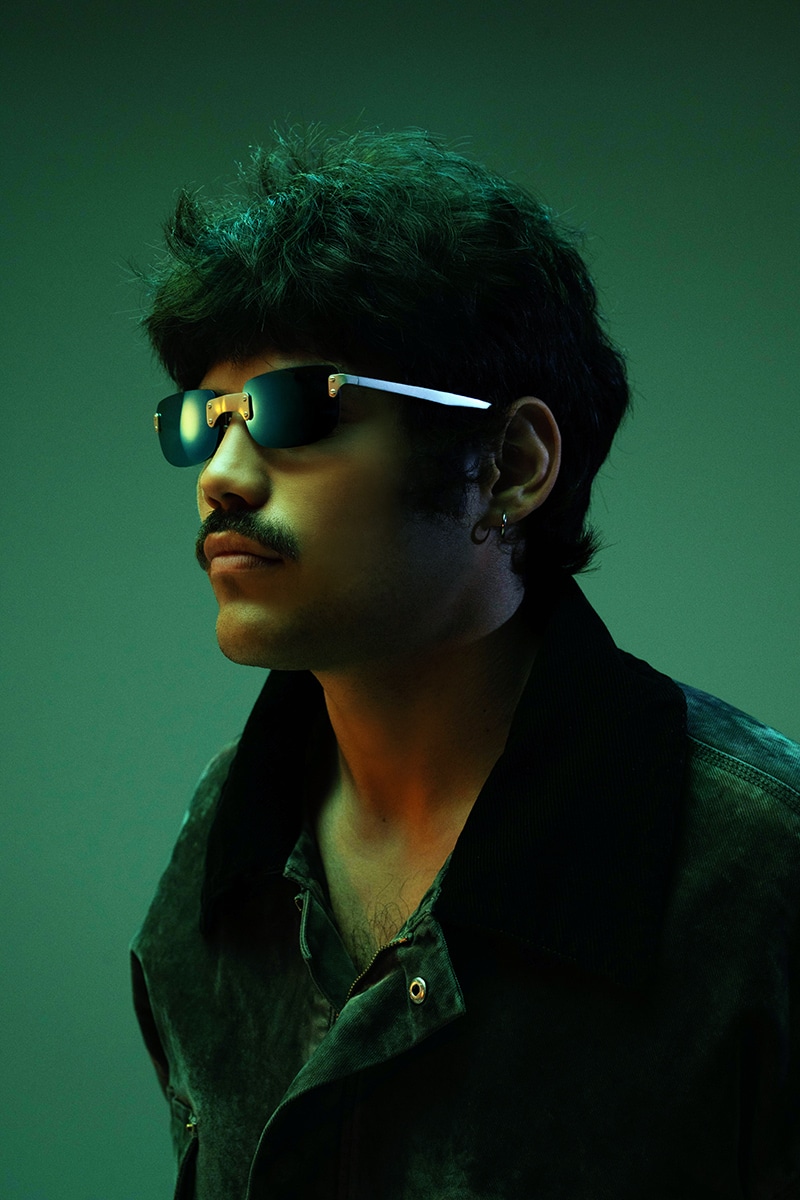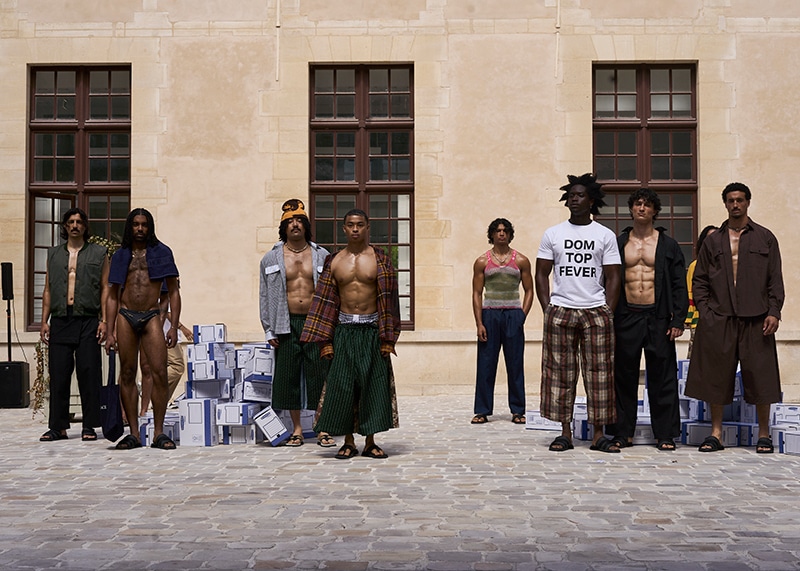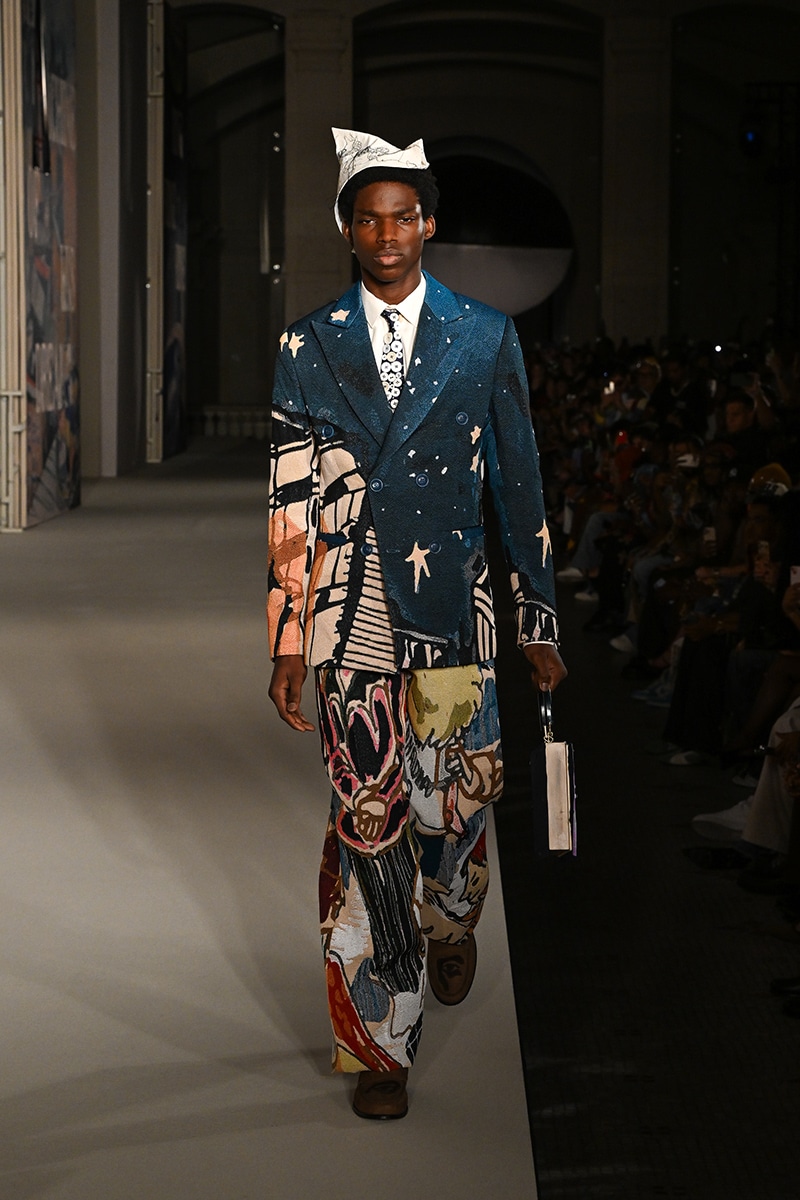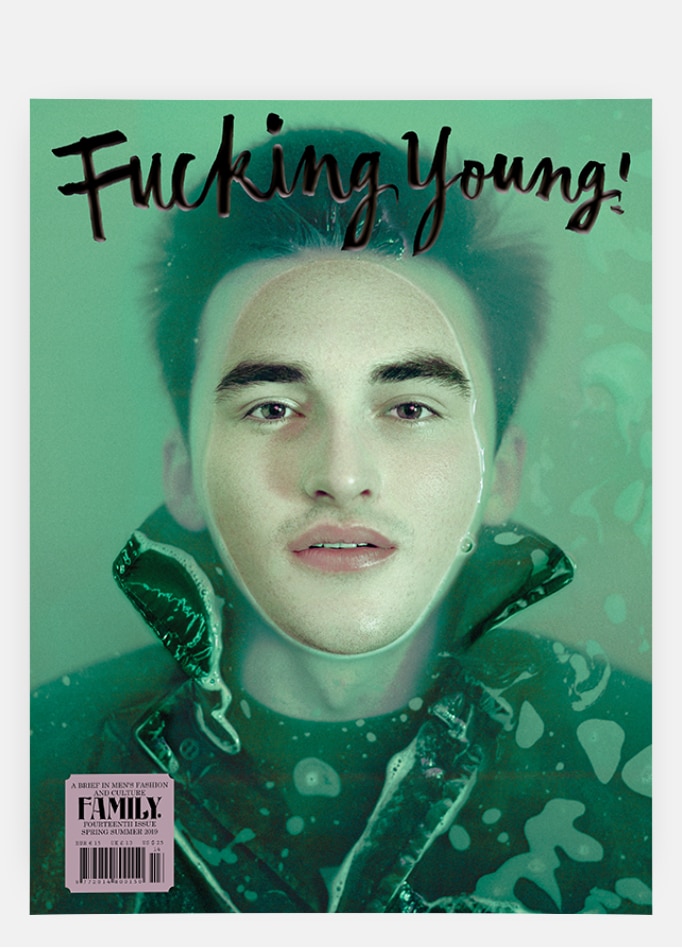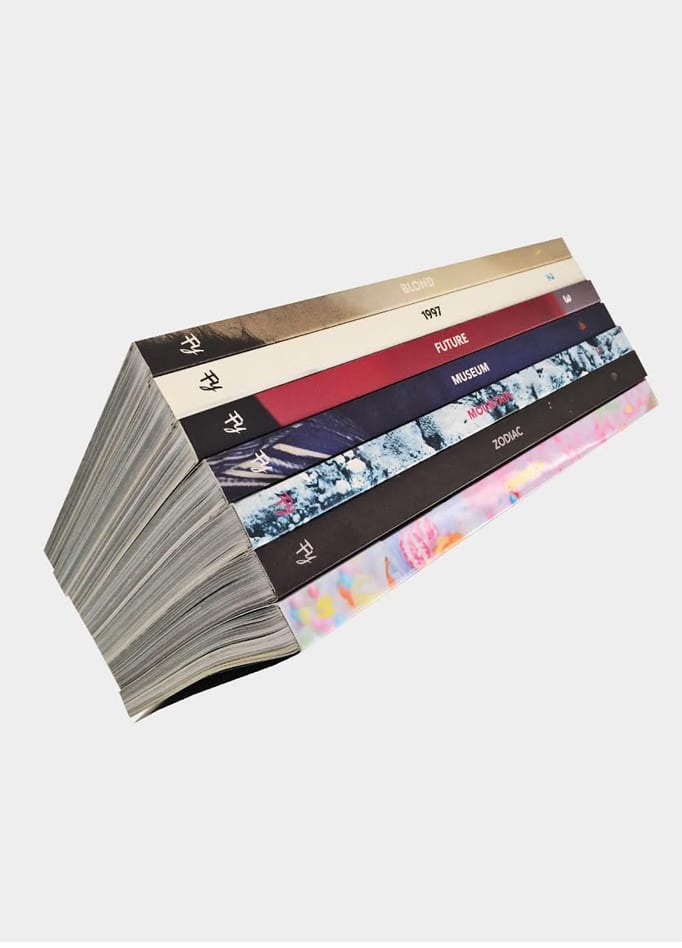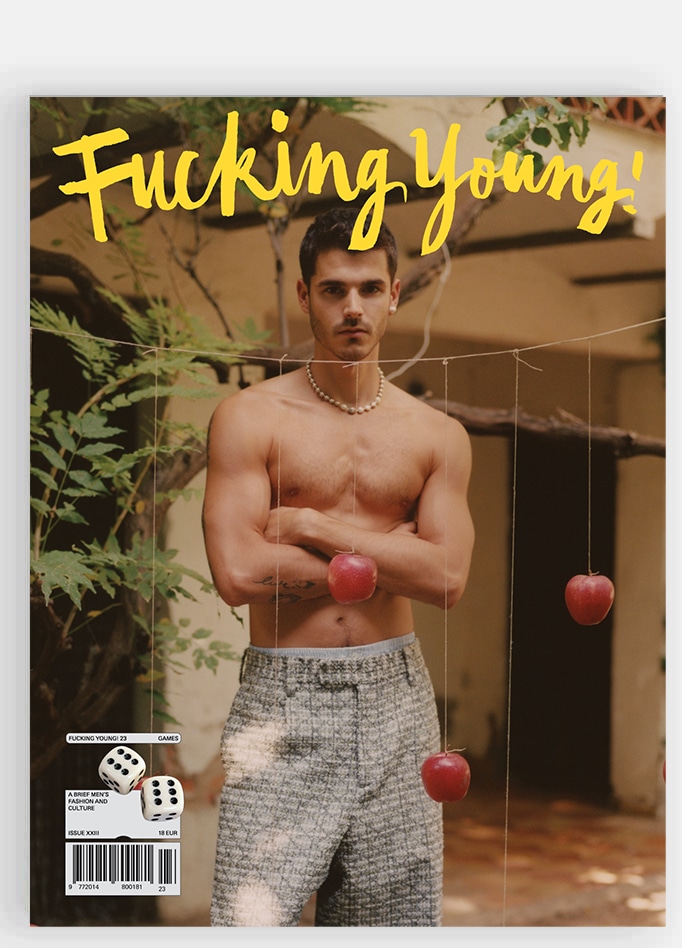“If there were something that I was going to endorse, it would probably be something like sneakers.” – Justin Timberlake, singer

Trainers, runners, takkies: commonly known as sneakers, athletic shoes are a manifesto of the contemporary globalized society. Originally used only for sports, they are now an indispensable complement to informal (and even formal) outfits. The renewed power of sportswear, the hegemony of streetwear, the “movement” of famous collectors make sneakers the most hype element of the new breaking-fashion.
The revolution started by Premiata should be inserted in this context. It is ten years long refined, studied revolution the one of the made in Italy brand and its CEO and creative director, Graziano Mazza.
Founded in 1991, Premiata formalizes in its baptism a family tradition born in 1885 in Montegranaro in the Marche. In 1996, Mazza launches a shoe-line with sophisticated uppers and rubber soles, while anticipating the “urban sneakers” trend of several years. Instead, it is in 2009 the launch of the sneaker line, inspired by retro-running shoes from the ’70s of the sneaker line.
SHARKY is the latest model that expands a (constantly) growing family: the design, colors and unusual cuts make it an exclusive object of desire for all over the world fans of the genre.
We met Mazza some days ago and that’s what he told us…

Hello Graziano! How and when was Premiata born?
Hi Luca, please to meet you! The story of Premiata is multi-faceted and reflects the history of Italy and that of the region where Premiata was born – the Marche region – a region located in the center of Italy.
Behind the brand Premiata, that I founded in 1991, there is a shoemaking company which belongs to my family for many generations. The company was founded in 1885 in Montegranaro, a small city in the Marche region. This region is known for being the main historical district for high-quality shoes manufacturing in Italy. In this area most of the people were at some degree involved in the process of shoemaking; the leather for shoewear was coming from the harbor of Ancona – the Marche main city – and then distributed in the region.
The Marche is also one of the most interesting parts of Italy – it is the birthplace for great cultural figures such as the Italian opera giant Gioachino Rossini or Italy´s greatest poet Giacomo Leopardi. And the Marche is also a great touristic attraction because of its breathtaking landscapes.
When I entered the family business in 1981, I was just 21 years old, but I was given free rein by my father for reshaping the company according to what I thought was right to do at the moment. I´m still very thankful to him for the trust he put in me, even though I was very young and rather inexperienced.
I decided to focus on two things mainly. On the one hand, I decided to industrialize the business, which was at that time very local and artisanal (like in the whole area), buying new machinery, new equipment and adopting new production techniques – all this without losing the craftsmanship know-how of the company. I was able to create a synergy between modernization processes and the tradition of the company.
On the other hand, on a style and design level, I brought new freedom in the creative process, which opened itself to “internationality” and managed to enter the fashion segment.
My father was more focused on classical shoes, while I managed to merge the classical part with more fashion-oriented elements.
In one word, I brought “modernity“ to the company and opened the door to the future, which led to the creation of the brand Premiata in 1991.

The result of the most exquisite Italian manufacturing tradition, today Premiata is also and above all synonymous with modernity. What has the evolution of the brand over the last twenty-five years been?
From the very beginning, I decided to have a more international approach. For this reason, we did our first sale campaign in 1991 in Paris, and at that moment the so-called Antwerp were taking the city – and the fashion world – by storm.
I was inspired by different styles and influences. I was surely very impressed by the Belgians – their dark and twisted minimalism and free approach to fashion – and I aimed at creating a bridge between the classical style of hand-made shoes and the shapes and proportions of workwear shoes, bringing new materials into play.
Regarding the “steps” of Premiata in the sneaker world, it all started in 1995, when I brought to the market the first sneakers, which consisted of a reinterpretation of vintage football shoes. In 1996 I took inspiration from the running shoe style and designed a “sneaker-oriented” shoe line with avant-garde uppers and rubber sole, somehow anticipating by several years the “urban sneakers” trend.
The launch of the first proper sneaker line happened in 2009, inspired by retro-running shoes from the ’70s and characterized by uppers with sophisticated proportions and cuts, by iconic printings on the sole (which will be will be copied all over the world later on) and by precious fabrics normally used for pret-a-porter lines.
How do you manage the compromise between fashion and functionality?
Shoemaking is also a technique. I don’t want to sound arrogant, but I think I’m an excellent “technician” when it comes to shoes, and I can come up with all kind of ideas and solutions to make functional fashion and function with fashion elements – and when I say shoes I mean all the dimensions of the shoemaking process.

In 2009, you launched the sneaker line inspired by retro-running shoes from the ’70s. Undoubtedly, sneakers are your “new” strong point. How do they differ from others on the international market?
I would say a certain way to work with leather and a long tradition of working with different materials since I bring materials and a sense of color coming from Pret-a-porter and a certain way of “decontextualizing” a style and applying it to the sneaker world.
Just think about our women sneakers line, where we applied an idea of style that comes from women’s classical shoes, a certain “finesse“, and a slightly baroque sense of decoration – and I think in this we were amongst the pioneers. Or think also about our urban and “sneakerish” version of trekking shoes, where the hiking style is translated into a new urban context.
Is the choice to focus on this kind of footwear linked to the trend of the moment and the contemporary concept of hype?
I don’t think that it is just a trend. Sneakers and streetwear, in general, represent the direction that society is taking – a direction towards informality and “casualness” on all levels – maybe sneakers are one of the best examples of this. It is a long-lasting trend, because, just like the society´s shift towards the in-formality, once this shift has been reached, it is not possible to go back – it is a process that cannot be stopped.
And there is also a practical reason for this: comfort, the comfort of wearing sneakers instead of formal shoes, rapidly creates a kind of addiction and dependency – and it is not easy to get rid of these things once they are in our life.
I’m not against the “hype machine”, since I do appreciate a lot of the brands that are being hyped, because I think they encapsulate our Zeitgeist, but I`m surely against the excesses of the social media world – what I would call the stupidity of the selfie culture – this urge to give visibility to everything in every moment. It looks like the worst reality show ever.
Recently, you have launched SHARKY: its style is an evolution of a shoe model from the past. SHARKY is your take on the chunky shoe trend from the late 80s and 90s. Tell us something more!
As you say, the SHARKY style is an evolution of a shoe model from the past, it is our take on the chunky shoe trend from the late 80s and 90s. Our interpretation of blocky silhouettes and retro color blocking is less extreme than the ones from other brands since we aim at striking a balance between what we are and stay for and this new retro- style.
The project “SHARKY” is going very well so far, we are sold (and in the cases sold out) in some of the most prestigious department stores worldwide. The turnover doubled our sales expectations and we were forced to fix a quota for the orders.
The accompanying campaign and our campaigns, in general, want to celebrate diversity and openness to other styles and ways of living, and we are always looking for new locations, landscapes, and situations that are in sync with our eclectic nature.

“Premiata always sets as its first objective, inherent in the DNA of the brand, the experimentation of new designs and the use of innovative materials.”
SHARKY is part of the SIZEY family. What does the new SIZEY line consist of and how does it embrace the brand philosophy?
Just like Premiata, the SIZEY family is about discovering new territories – and this means often the re-discovery of something that comes from the past and that has been forgotten, since we find our self in a baroque and mannerist moment of history, where it is the re-inventing of the past that creates newness (we could also talk about creative re-customization of the past which has re-emerged).
The philosophy of the SIZEY project is the same as Premiata. We are developing and constantly perfecting a product that is ideally able to gain iconic status, a product that has a pretty defined DNA and a high recognisability, but at the same time is able to renew itself and adapt itself to style and historical changes, without losing its “character”.
If I could draw a parallel with the automotive industry, I would say that I strive to create the Volkswagen Golf of the shoe wear – its capability to absorb the inputs coming from the context and to constantly perfect its “formula” without losing its DNA.
After the success of the SHARKY, we are about to launch a new retro-style: the DRAKE model which features a box sole with a visible air cushioning unit at the heel and a very special upper.
Who are your top customers?
Premiata is distributed at the moment in the most important department stores worldwide. I give you just three examples. In Germany we are available at KaDeWe in Berlin, which is like the German Harrods; In Italy, we are at La Rinascente and in Russia, we are both in GUM and TSUM.
And when it comes to celebrities, for example in Italy we have the great actor Pierfrancesco Favino, who is a big fan of our creations, and Jovanotti, maybe the most relevant musician of his generation.
In Germany the actor Devid Striesow wears Premiata and Daniel Bruhl was spotted with our shoes.
As always, our last question… According to you, what is really FUCKING YOUNG!?
Maybe it could sound like a tautology, but it is the youth that is definitely Fucking Young!! To me Fucking Young is like an ode to youth, to the youth (sub)-cultures, their lust for life, their cravings, their “the world is mine” attitude.

